Most recipes don't specify what type they mean when they call for onions. While using whatever kind you already have won't necessarily ruin a dish, using the best one for what you're cooking will definitely make your food taste better.
There are no strict guidelines for what onions goes with what, or what onion should be cooked this way or that way, but there are a lot of general rules out there that home cooks and professional chefs use based on certain cooking methods and flavor combinations.

If the recipe doesn't specify an onion type, choosing one at the grocery store can be a little confusing. So, here's a guide to all the different types and what they go best with so you always know which one to grab.
Yellow & Brown Onions
The most commonly used onions are yellow onions, which are also called brown onions because of their thick brown skin. They work in almost anything, which is why they're often referred to as all-purpose onions. If you don't know which to use or the store doesn't have the type you need, these are the safest alternative.

When they're raw, yellow onions have a sharp taste, but they mellow out as they cook and caramelize easily. The longer you cook them, the sweeter they get.
You can use yellow onions in pretty much anything, but they work really well in dishes that require long cooking times or as the base in stews, stocks and soups, and they're great in meat dishes.
- All-purpose onion for almost any dish
- Sharp taste raw, mellow flavor cooked
- Good for long cooking times (roasts, braises, stews, etc.)
- A good substitute for ANY type of onion
White Onions
White onions can be used in a lot of the same dishes as their yellow counterparts, but they have a more pungent flavor and thinner, papery skin. They have a high water content, which makes them very crisp.

White onions sometimes still have the green stalk attached, and they're most commonly used in Mexican cuisine. Their texture makes them perfect for salsas, chutneys, and in other raw preparations.

- Common in Mexican cuisine
- Pungent flavor
- Best in raw dishes (salsas, chutneys, etc.)
- A good substitute for yellow or red onions
Sweet Onions
There are several different types of sweet onions, but some of the the most popular varieties are Mauis, Walla Wallas, and Vidalias. They don't have the sharp, pungent flavor that other onions do, which makes them great raw in salads or on sandwiches.

Sweet onions are great for caramelizing and in dishes that feature onion as a primary flavor, like onion soup. They work really well roasted with other vegetables, and they make the best onion rings since they're sweet and usually flatter than other onions.

- Good for dishes with a prominent onion flavor
- Sweet flavor without the sharpness of other onions
- Perfect for roasting, onion rings, onion soup
- A good substitute for yellow onions
Red Onions
The prettiest of all the onions, red onions have deep purple skin and a mild flavor. They're best raw in salads, salsas, and as a toppings on burgers and sandwiches because of how mild they are. They can be used in cooked dishes as well, but the onion flavor isn't nearly as strong when they're cooked.

- Best used for raw or cold dishes
- Mild taste, not as "oniony" as other types
- Use as toppings for burgers and sandwiches, or in salads, salsas, etc.
- A good substitute for white onions
Green Onions
Green onions, also called scallions, are most commonly used in Asian and Latin American cooking, but they're great in a wide variety of dishes because they have a very mild flavor. Spring onions are very similar and look almost the same, but they have larger bulbs and a stronger flavor than green onions.

The white and white/greenish ends have a much stronger flavor than the leaves and are better cooked. The green straight leaves are very mild and are great in both cooked and raw preparations, or as a garnish in soups, salads, or chili cheese fries.

Some people actually think the white part is inedible, but you can use the whole thing down to about half an inch above the roots—but don't throw them out! They're super easy to regrow from scraps.
- Common in Asian and Latin American cooking
- Mild flavor that works in most dishes
- Greens are perfect for raw preparations or garnishes
- A good substitute for any recipe calling for raw onions
Shallots
If you've never used shallots in your home cooking, you're missing out. In Kitchen Confidential, Anthony Bourdain says that shallots are one of the ingredients that make restaurant food taste better than the average person's home-cooked food.

Shallots are very mild and sweet. They can be used in almost any recipe and work really well when you don't want an overpowering onion flavor. They're also perfect for raw dishes since they're crisp but not pungent like onions. Potato or "multiplier" onions are similar to shallots, but grow larger bulbs.
- "Secret" ingredient used by pro cooks in many dishes
- Mild, sweet flavor
- Good for almost any cooked or raw preparation
- A good substitute for ANY onion (for a more classy restaurant taste)
What Are Your Personal Onion Tips?
So now you know which onion to use, but what about how to chop it up? If you need a refresher on your knife skills, check out our guide to slicing and dicing onions like a pro. And if you have any super secret tips on more or better ways to use this onion for that dish, share below!
Light wood onions, onion rings, red onion, yellow onion, salsa, white onions, walla wallas, green onions, chili cheese fries, and shallots, original white slice, and original red slice images via Shutterstock





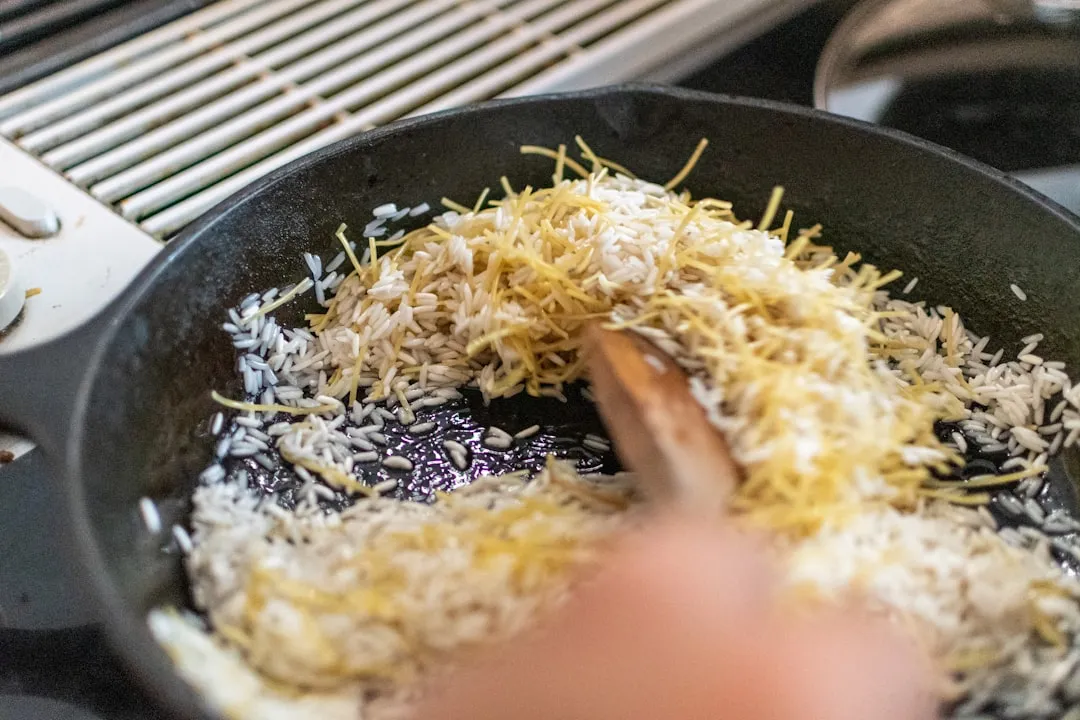


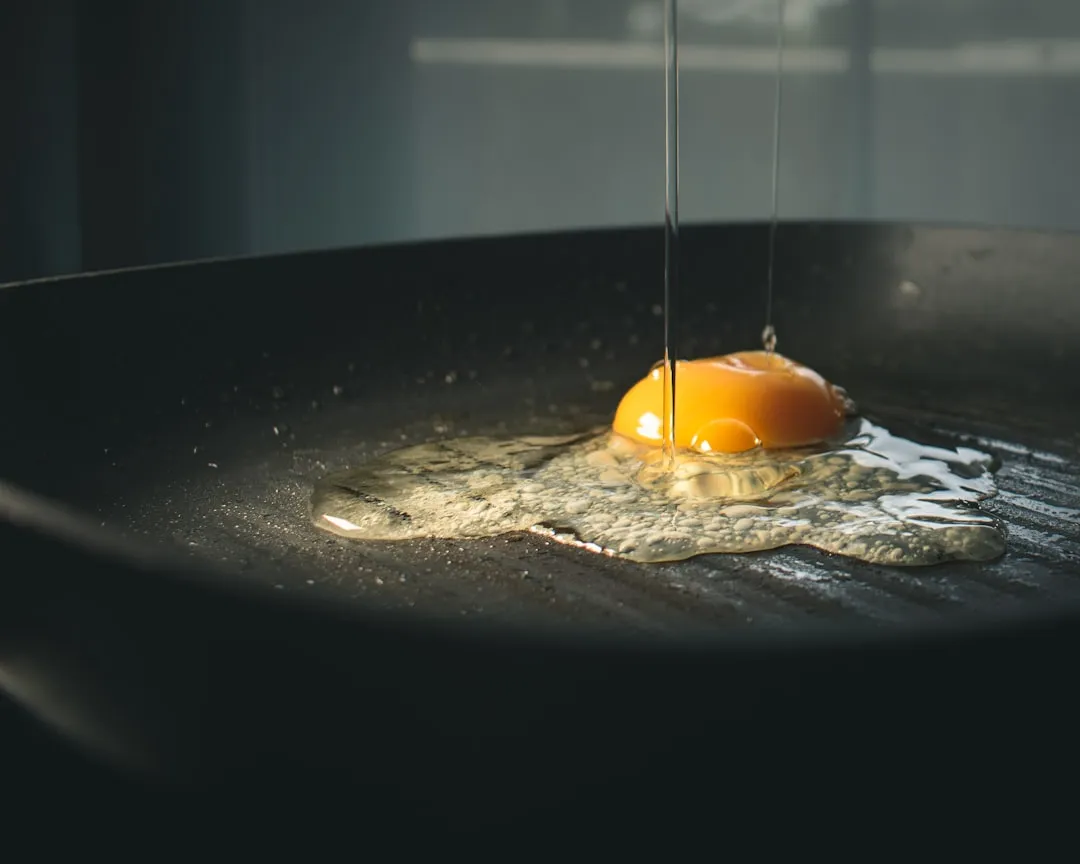
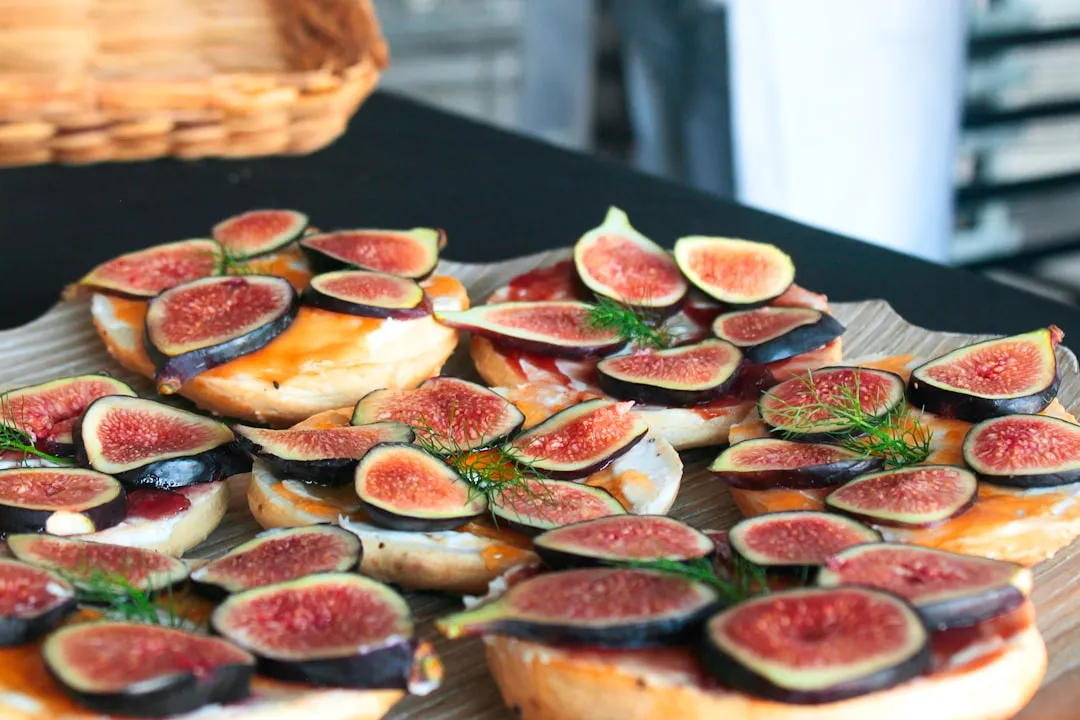

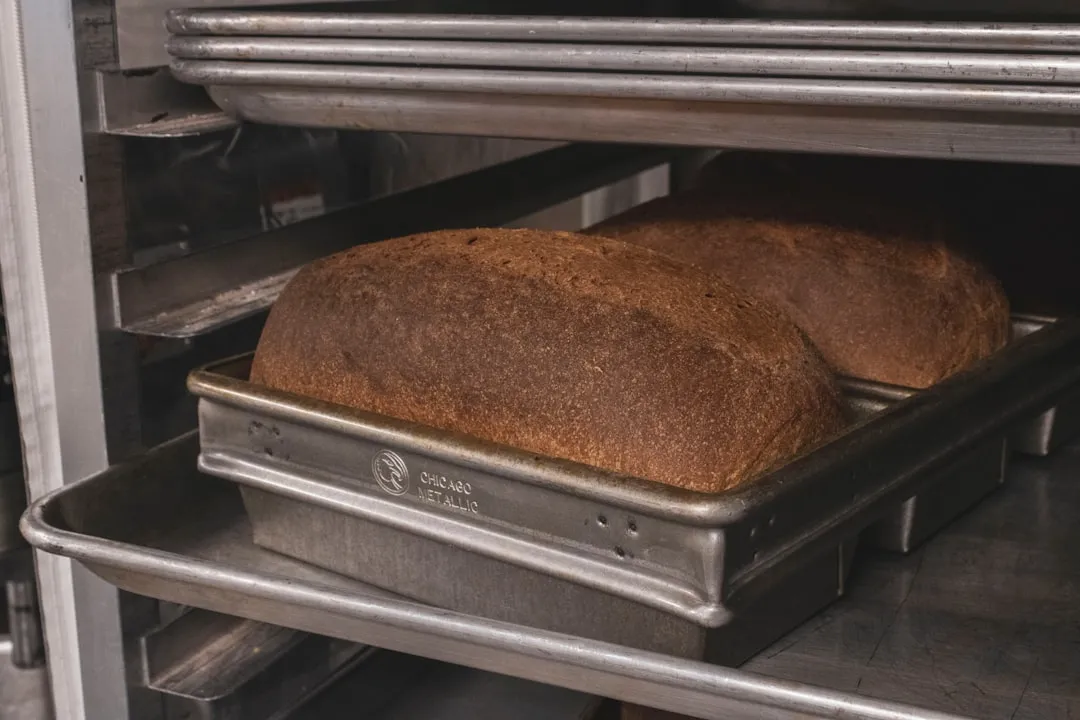








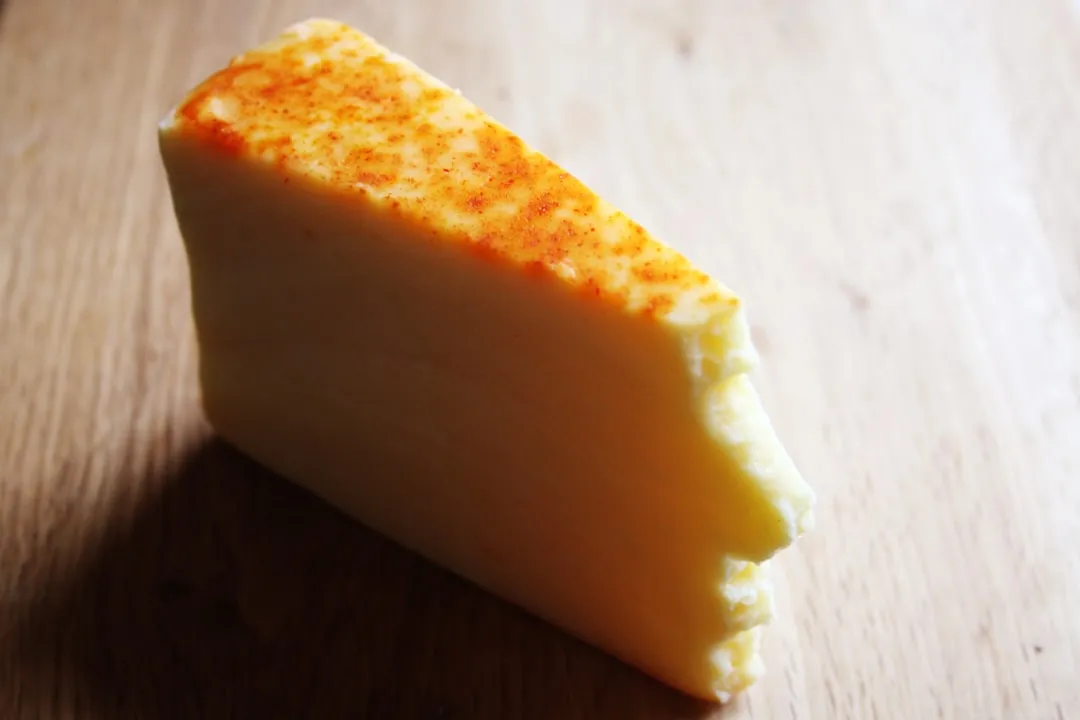
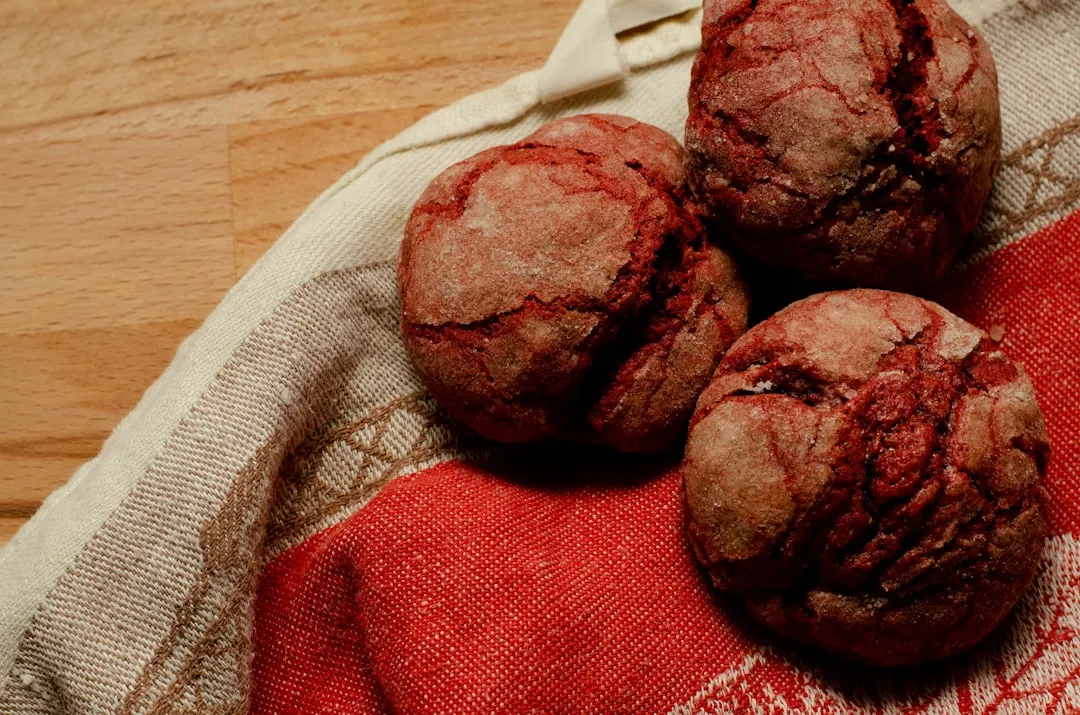


Comments
Be the first, drop a comment!